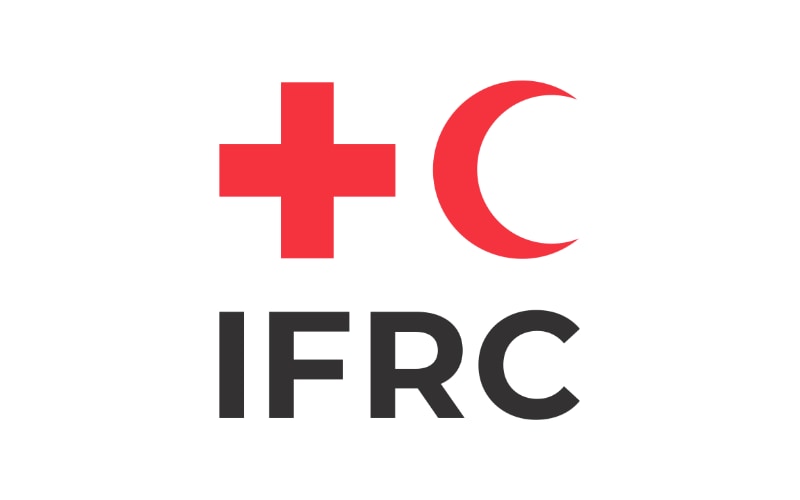2024 disaster relief demand triggers first IFRC-DREF insurance payout
- October 28, 2025
- Posted by: Kassandra Jimenez-Sanchez
- Category: Insurance

Demand for disaster relief has surpassed the ‘deductible’ threshold, triggering, for the first time, an insurance payout by the International Federation of Red Cross and Red Crescent Societies’ Disaster Response Emergency Fund (IFRC-DREF).
The IFRC-DREF is a crucial source of rapid funding for National Red Cross and Red Crescent Societies during disasters. It’s particularly vital for addressing smaller-scale emergencies that might not attract global attention.
IFRC’s Under Secretary General for Global Relations and Humanitarian Diplomacy, Nena Stoiljkovic said: “The triggering of the IFRC-DREF insurance policy is a significant moment. For the first time ever a single, worldwide, commercial indemnity insurance policy will pay the emergency humanitarian costs of disasters.
“The scale of the needs caused by 2024’s disasters is sobering. But the fact that insurance is helping with the burden is good news and proof that there are innovative finance solutions that we hope to grow in coming years.”
In the past, there was a risk of the fund being exhausted before the end of the year. This caused the IFRC to secure a groundbreaking – and humanitarian-sector first – indemnity insurance policy with Aon and reinsurers.
Since the start of 2023, and for an annual premium of CHF3m, the IFRC-DREF ‘pot’ has been insured on an indemnity basis.
If or when demands on the IFRC-DREF fund due to natural hazard-related disasters reach a specified threshold – a ‘deductible’ set at CHF33m in one calendar year – a potential payout of up to CHF15m is available.
For the rest of the calendar year, further demands on the IFRC-DREF for natural hazard disasters are covered by the insurance payout, up to that total maximum of CHF15m.
In 2023, the threshold was not reached so the policy did not pay out. But in 2024 it has been, with allocations to respond to Super Typhoon Yagi in Asia last week tipping IFRC-DREF spend over the insurance trigger threshold.
In 2024, the IFRC-DREF made nearly 100 separate allocations, totaling over CHF 33 million. These allocations were used to respond to the impacts of eligible natural hazards.
The single largest allocation so far in 2024 was to the Sudanese Red Crescent after floods in September (CHF 943,271).
The single ‘smallest’ allocation was the Red Cross of Equatorial Guinea after a shipwreck in July (CHF 24,962).
When National Red Cross and Red Crescent Societies make further requests of the fund in September, October, November or December, allocations to respond to natural hazard disasters will be paid for by the commercial insurers, up to that CHF15m cap.
Aon’s President, Eric Andersen, commented: “Three weeks ago in Béchar, Algeria, floods left 2,000 families homeless. The IFRC was there to provide shelter, blankets, food and water as they have for more than 100 years around the globe. But this time, the aid was funded by insurance companies half a world away, the result of an innovative risk management program pioneered by the IFRC, brokered by Aon and funded by international donors, including the UK FCDO.
“And it won’t be the last. Due to climate and other risks, floods in Algeria, typhoons in Vietnam and wildfires in Bolivia have left 43 million people impacted by disaster in September alone. At Aon, we believe funding should not, and cannot, stop emergency aid. The IFRC-DREF insurance policy expands the impact and scale of emergency aid by the IFRC and is proof that the private sector can do more to support humanitarian organisations and our world’s most vulnerable populations.”
This website states: The content on this site is sourced from the internet. If there is any infringement, please contact us and we will handle it promptly.



